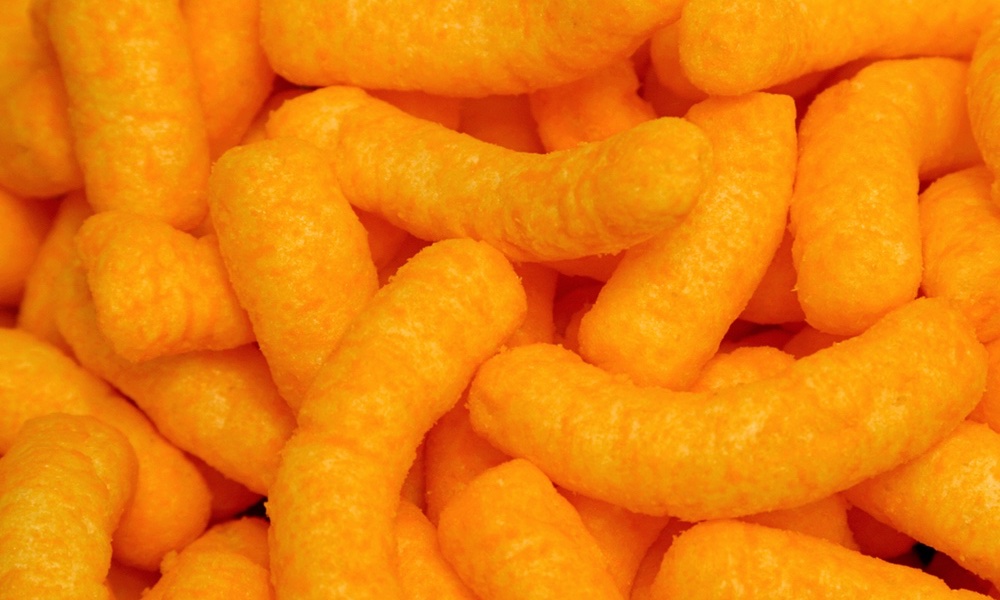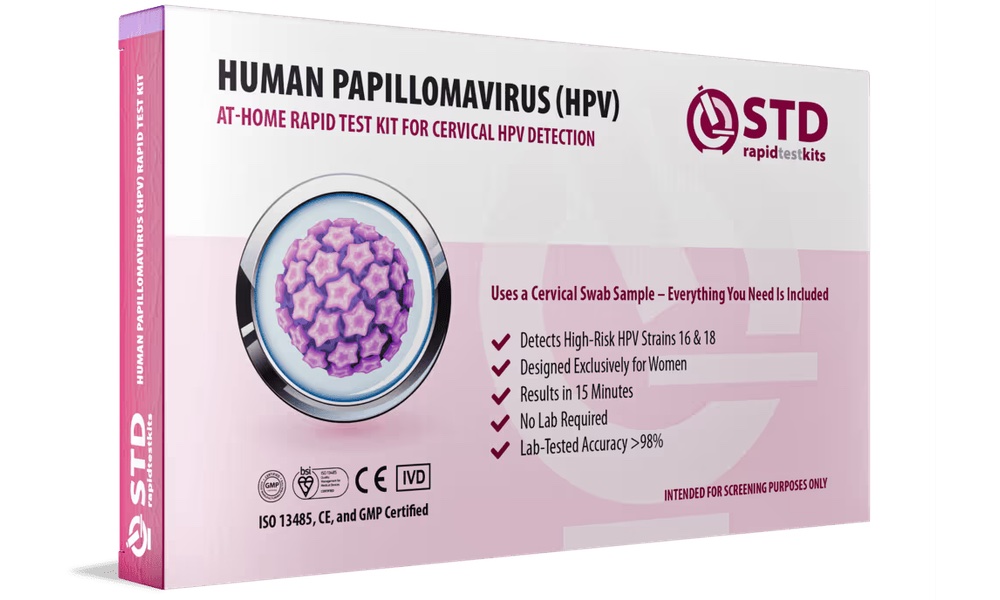Dr. Ross is Assistant Professor of Medicine and Scientist, Human Nutrition Research Center on Aging, Tufts University Schools of Medicine and Nutrition.
This article is based on material first published in Nutrition in Clinical Care Vol. 5: Sept/Oct, 2002.
This article is based on material first published in Nutrition in Clinical Care Vol. 5: Sept/Oct, 2002.
Iron deficiency is a common problem, especially for women, so common, in fact, that 5% of women between the ages of 20 and 49 have iron deficiency with anemia and 11% have iron deficiency without anemia.
Anemia has a complicated technical definition, but in simple terms it means that a person's blood contains a lower than normal amount of red blood cells or other elements that help transport oxygen throughout the body. Often caused by a lack of iron, anemia gradually starves the body of the oxygen it needs, leading to symptoms such as extreme skin pallor, shortness of breath, heart palpitations and fatigue.
Why We Need Iron
What many people don't know, however, is that iron plays a key role not only in the body's oxygen transport and delivery system, but also in the regulation of metabolism. Iron is needed to synthesize vital substances such as the brain chemical, dopamine, DNA and white blood cells. Thus iron deficiency can do much more harm than merely causing anemia; it can have widespread effects — from damaging a person's ability to think to weakening their resistance to infection.
It is a common misconception that the amount of iron our bodies absorb is directly related to the amount of iron we eat. While we do get most of our iron through food, getting enough iron is not quite as simple as eating well. For one thing, the ability of our digestive systems to absorb iron from the food we eat varies; for instance, those who are iron deficient do not absorb iron as well as those who are not.
Because dietary iron comes in different forms, the percentage of dietary iron absorbed depends on the type of food we eat and what other foods are being eaten at the same time. For example, iron from meat is easier for the body to absorb than iron from vegetable and other sources. In addition, iron absorption can be greatly increased or decreased by various factors. Certain salts, which store iron and other minerals in plant matter, interfere with the ability of the human intestine to absorb them. Chemicals called polyphenols in tea, coffee, cocoa, spinach and oregano inhibit iron absorption as well. Eating more ascorbic acid, which is common in fruits, vegetables and fortified cereals, can improve iron absorption. Calcium inhibits the absorption of iron by an unknown mechanism. This is probably why studies show a correlation between high milk intake and iron deficiency.
Who Is at Risk for Iron Deficiency?
Women in their childbearing years have greater iron needs than men as a result of menstrual blood loss, the increased iron demands of pregnancy and blood loss during childbirth. In addition, anything that causes heavier than normal menstrual periods, for example uterine fibroids, may lead to iron deficiency. Adolescent girls are at particular risk because, out of concern for their weight, many follow diets that reduce the amount of meat they eat at a time in their lives when their iron needs are increasing. Iron deficiency can also be caused by other types of chronic blood loss including internal bleeding from gastritis and ulcers, inflammatory bowel disease, parasitic infections (this is more common in Third World populations than developed countries) and hemorrhoids.
The best way to prevent iron deficiency is to educate yourself about your iron needs and the best iron sources, and to use this knowledge to make sure dietary intake keeps pace with your body's demands. Recommended dietary allowances (RDAs) for men over the age of 19 and women over the age of 51 are 8 mg per day; for women ages 19 to 50, the RDA is 18 mg per day. In the typical American diet, major sources of iron are meat, poultry, fish, nuts and seeds, legumes and bean products, green leafy vegetables, raisins, whole grains and fortified cereals. The iron content of some popular high iron foods is shown in Table 1.
Table 1.
Iron Content of Selected High-iron Foods.
| Food | Portion Size | Iron (mg) |
|---|---|---|
| Total® cereal | 1 cup | 18 |
| Grape Nuts® cereal | 1/2 cup | 8.2 |
| Instant plain oatmeal | 1 packet | 6.7 |
| Wheat germ | 1 ounce (1/4 cup) | 2.6 |
| Broccoli | 1 medium stalk | 2.1 |
| Baked potato | 1 medium | 2.7 |
| Spinach | 1 cup raw | 0.8 |
| Dried peach | 5 halves | 2.6 |
| Raw tofu | 1/2 cup | 4 |
| Lentils | 1/2 cup | 3.3 |
| Kidney beans | 1/2 cup | 2.6 |
| Chickpeas | 1/2 cup | 2.4 |
| Beef chuck | 3 ounces | 3.2 |
| Dark meat turkey | 3 ounces | 2.0 |
| Blackstrap molasses | 1 tablespoon | 5.0 |
Recognizing the Risk
You can assess your risk of developing iron deficiency by looking for the major risk factors: an iron-poor diet, unusual blood loss, a history of iron deficiency and actual symptoms. A good way to do this is to give yourself the following test.
- Do you consume two or more portions of meat, fish, chicken, nuts, seeds or legumes per day?
- Do you eat at least six servings of grains per day?
- Do you generally eat at least one serving of fruits or vegetables containing foods at the same meal as grains or beans?
- Do you take a calcium supplement or over-the-counter antacid at every meal?
The first two questions ask about consumption of iron containing foods. The third and fourth questions ask about consumption of foods that may affect iron absorption. If you answered no to one of the first three questions or yes to the last question, you may be at risk for iron deficiency.
Menstrual and Other Blood Loss
- Do you soak through your tampons or pads?
- Does your period last longer than six days?
If you answered yes to either of these questions, you may be at risk.
Other causes of blood loss to look out for are gastrointestinal, urinary or pulmonary bleeding. Any patient with one or more of these types of blood loss should seek medical treatment or, if they are being treated, raise the issue of iron deficiency with their doctor. Another relatively common cause of increased iron requirements is frequent blood donation. Anyone who donates blood regularly should be screened for iron deficiency during their annual check-up.
History of Iron Deficiency
- Have you been treated for iron deficiency in the past?
Even if a previous iron deficiency problem was treated and easily corrected, whatever caused the deficiency may remain and the deficiency may recur. For this reason, anyone who has been diagnosed with iron deficiency in the past should be periodically reevaluated.
Signs and Symptoms
- Do you have any of the following signs and symptoms: general lethargy; unusual fatigue after exercise; pica (compulsive eating of non-food items); pagophagia (compulsive eating of ice); signs of iron deficiency including paleness of the skin or eyes, intestinal problems, cognitive problems such as impaired learning ability, and spoon nails (thin and concave fingernails)? Anyone having any of these should see a doctor as soon as possible.
Treating Iron Deficiency
When doctors suspect an iron deficiency, the first thing they will do is measure the blood level of a protein called ferritin. Ferritin concentration indicates how much iron is stored in the body. Chronic infection, inflammation or certain diseases causing tissue and organ damage can produce a false reading. In the absence of one of these conditions, however, if ferritin is low, doctors will usually assume iron deficiency and begin treatment. This holds true even if there is no obvious sign of anemia.
The Federal Centers for Disease Control and Prevention (CDC) recommends a three-month course of therapy for the treatment of iron deficiency. Some authorities, however, advise patients to continue iron supplementation for six to twelve months. An important note about iron supplements is that they can often produce black-colored stools. Whichever approach your doctor chooses, it is important that you add more iron in the form of iron-rich foods to your diet and that your doctor treats any correctable cause of blood loss. Patients with ongoing blood loss that cannot be corrected may need, in addition to eating a more iron-rich diet, to continue taking low-dose iron supplements indefinitely.




